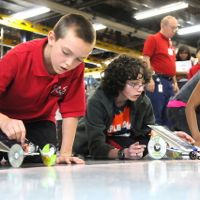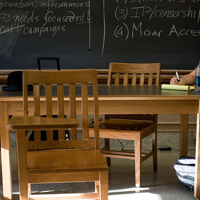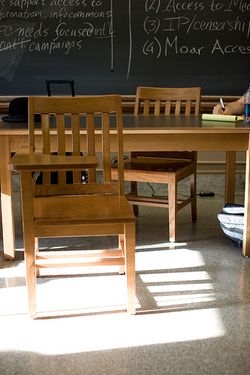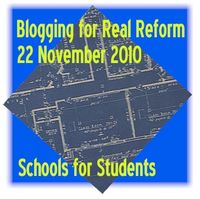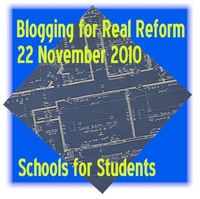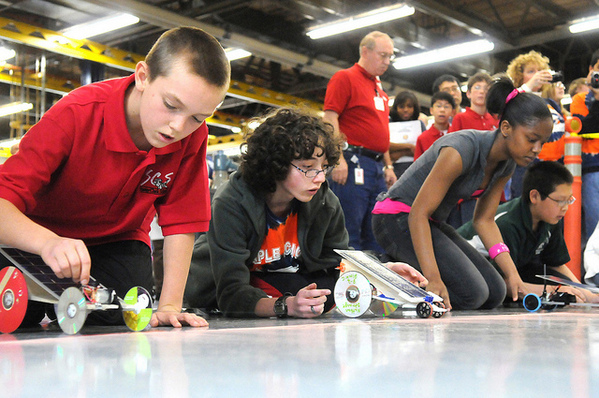
Solar Sprint 2010 Chicago
I’m giving a daylong workshop (pdf) at the SW Wisconsin Business and Education Summit at the Lenz Conference Center at Southwest Tech in Fennimore WI. My workshop notes and resources are available here. For more of my posts on PBL click here.
Your students explore their world with an expectation of choice and control that redefines traditional notions of learning and literacy. Increasingly educators are discovering that they can motivate students with a PBL approach that engages their students with the opportunity to think like professionals while solving real-world problems. This workshop gives participants the why, what, and how (to get started) of PBL.
I’ll focus on six reasons why PBL can build skills and engage students.
- Traditional instruction is based on “teaching as telling.” PBL creates learning experiences.
- A new information “culture” demands a new literacy. PBL can build those skills
- We need to increase the rigor in the classroom. PBL moves students to higher levels of Blooms.
- PBL makes learning relevant – student take responsibility for their progress.
- Usually the audience for thinking is the teacher – PBL shifts the focus to real world application.
- Now that life’s become an open book test, memorizing facts and performing routine tasks are devalued.
You can follow the #PBL tweet stream at the visualizer below. Direct link to my visualizer at Wiffiti.
Image credit: flickr/Argonne National Laboratory
